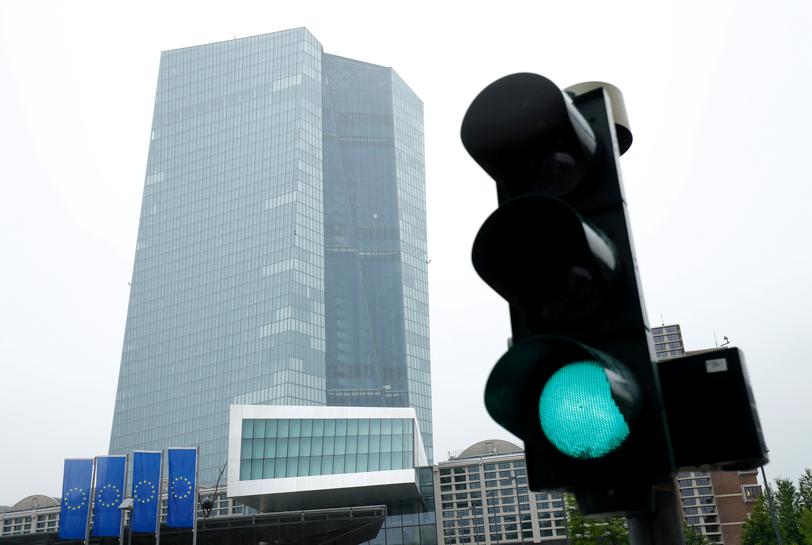The eurosystem’s consolidated balance sheet size has reached yet another record high last week. What else was there to be expected? Not that this would be extraordinary in the context of global central banking, but the new total of now just a smidge below 7.5 trillion Euros, or 8.9 trillion dollar equivalent, easily overshadows the Fed’s 7.7 trillion dollars and the Bank of Japan’s roughly 6.5 trillion dollar equivalent.
The increase was particularly steep, or shall we say vertical, in the past couple of months. It appears Christine Lagarde at the ECB has taken her predecessor Mario Draghi’s whatever-it-takes diction to an entirely new dimension in order to lean against the health crisis as well as Brussels’ inability to fight it, in a sort of stealth mode and without even making a mention of it publicly. The eurozone’s central bank does what it does best… fuelling the economic policy rampage like there is no tomorrow.
One gets dizzy when digging through the countless new purchasing programs the Bank has established. PSPP for government bonds bought an aggregate of 2.4 trillion Euros, CSPP for corporate paper 267 billion, PEPP for pandemic emergencies has meanwhile piled up 943 billion, and so forth and forth. In the past 9 months, the ECB increased its accumulation of securities for monetary policy purposes by more than 50%!
Needless to say that such action is mainly responsible for those fuelled speculative bubbles in all kinds of European risk markets, from equities to non-investment grade corporate bonds to real estate, the manipulation of interest rates and other prices, the deterioration in capital markets, as well as the quasi-elimination of risk and liabilities. Central banks are capable of creating unlimited amounts of money from thin air. The question only is for what purpose.
This is why it is probably even more important to observe what the commercial banks are actually doing with this excess liquidity that is literally imposed on them. Again, unless the banks work as incubators for fund flows into the real economy, what is the point of having the liquidity in the first place. And there, we seem to have a massive problem… Look no further than the aggregated deposits of banks with the ECB.
In a halfway normal world, such cash deposits as reserves should not exceed 250-300 billion Euros. This is widely thought to be a sufficient quantity to ensure seamless functioning of goods and capital markets. Instead, however, the current amount stubbornly being held as the banks’ cash deposits with the ECB stands at a historically unique 4.13 trillion, and at a punitive cost of -50bp negative yield mind you.
To get this straight, the eurozone economy is being liquidity-deprived of close to 4 trillion Euros. The velocity of money remains rock-bottom, and there is no bank multiplier effect benefitting the system. The banking system is simply being flooded with excess liquidity, and the banks channel it right back onto the ECB balance sheet in the form of deposits. What is this? A crisis indicator, as if we didn’t know…? Scare factor…?
Or is it simply a testament to a progressing zombification of the European banking and economic system? I ask this because I have also looked at the US system for comparison. There, the large time deposits of all commercial banks with the Fed stood at 1.5 trillion dollars in February, a 10-year low and a mere 1/3 of the ECB deposits. The record high was reached in 2008, at 2.13 trillion, far below and not even half of the current eurozone levels.
So, what could unlock this encrusted system and unleash the existing but muted excess liquidity? As I suggested in a
post last week, in absence of any pronounced leadership on the Continent currently all hopes seem to yet again lie with Mario Draghi, this time as Italy’s prime minister who has it in his hands to provoke long overdue and incremental reforms, in economy and bureaucracy, to enable an Italian quantum leap of sorts and to reverse the grave diversions in the eurozone financial system.
